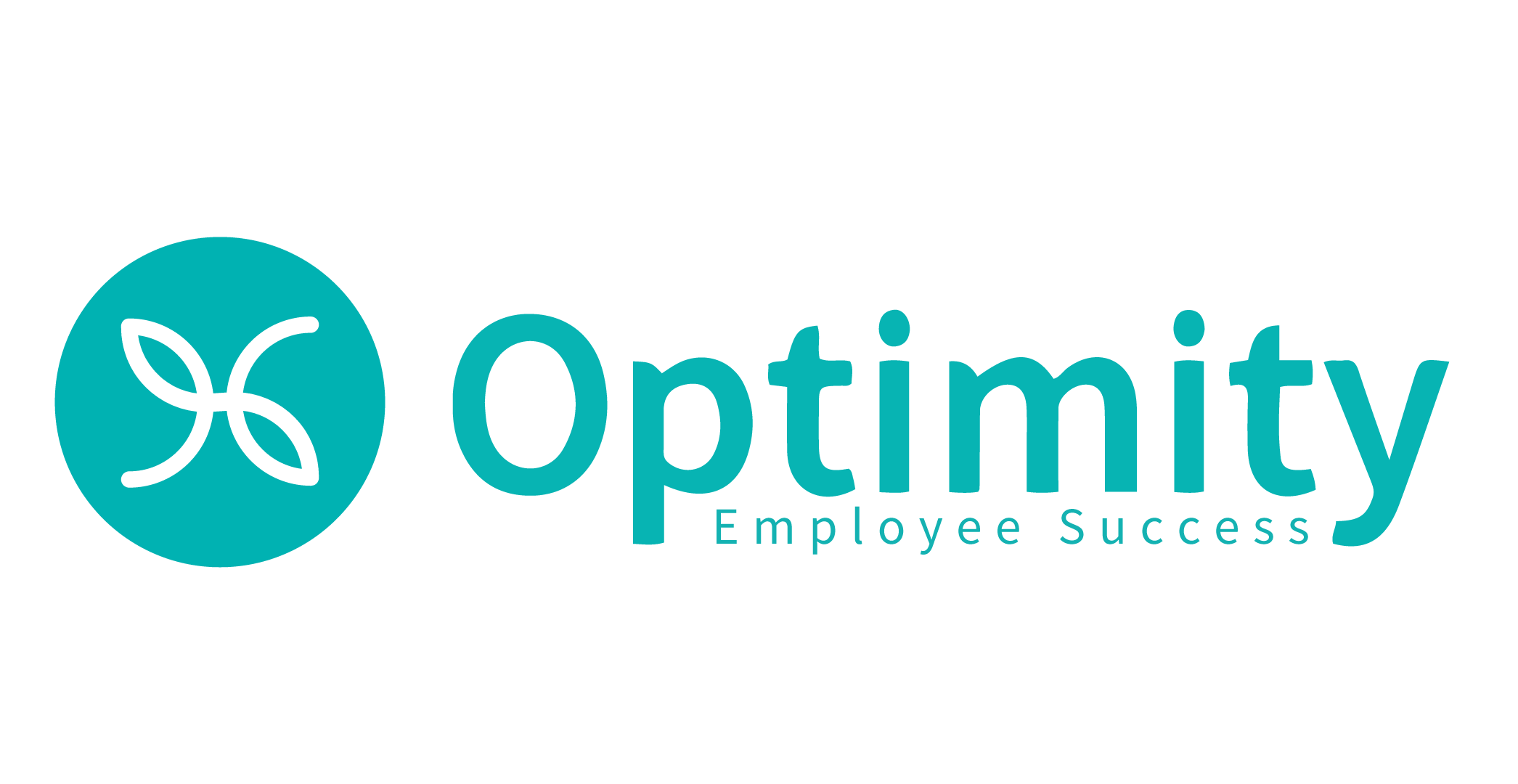We all agree that a nutritious diet and regular physical activity is the key to a healthy body, but...
Get the Most from Your Corporate HRA Programs
If you need to maximise the ROI from your corporate healthcare program, then it’s wise to adopt a step by step approach. Before anything else, an extensive and complete Health Risk Appraisal/ Assessment of your organization is an absolute must for any such program to be successful.

What an HRA must include?
If you need to maximise the ROI from your corporate healthcare program, then it’s wise to adopt a step by step approach. Before anything else, an extensive and complete Health Risk Appraisal/ Assessment of your organization is an absolute must for any such program to be successful.
What an HRA must include?
Typically a HRA gives you a complete rundown about demographic characteristics, lifestyle information, personal and family medical history, height and weight, body composition analysis and blood pressure, sugar and cholesterol levels of your workforce. Specific and individual chronic conditions need to be elaborative.
What you must consider before designing and implementing an HRA program?
An effective HRA is one which maintains ethics, is technically sound and able to provide feedback and give space for follow ups. Providing incentives for participation and healthy mode of administration keeps the enthusiasm and eases the task. In every way, ROIs need to be calculated accurately before designing the final blueprint of the program.
What are the benefits of HRA?
HRAs give you comprehensive information about your workforce’s real age. For example, if your company have 60% of employees as obese and only 5% of are smokers, then fitness and diet programs need to have a larger focus. It also gives indications about what work or psychological conditions may be contributing to the problem.
How can HRAs go wrong?
If HRAs are not analysed properly, it can give you low or absolutely no ROI. HRAs can go wrong when you haven’t prepared your questionnaire properly (especially when assessing mental health related problems), by not maintaining ethics and secrecy, by making it a lengthy and time consuming process and by not explaining the process well or being unable to provide immediate, true and technical feedbacks.
Why you should create a momentum?
Studies show that 90% of employees say yes to the conduction of HRAs, but only 62% of them actually turn up. Most of them are disinterested and take corporate healthcare programs as an irrelevant process. Unless you are making it compulsory, corporate HRA programs need to be promoted, well explained and encouraged. You must explain how these programs can actually help each individual in maximizing their performance in both the workplace and in their personal life.
How you can ease the process of HRAs?
A recent study shows that more than 23% of respondents feel hesitant to open up to a corporate associated healthcare professional. However, if they are provided an online platform, they feel much more comfortable. Online HRA is also faster and the employer gets easy and immediate access to the contents and functionality. The more employees participate in the process, the better your data analysis and hence the more accurate your ROI calculations are.
What you must consider before designing and implementing an HRA program?
An effective HRA is one which maintains ethics, is technically sound and able to provide feedback and give space for follow ups. Providing incentives for participation and healthy mode of administration keeps the enthusiasm and eases the task. In every way, ROIs need to be calculated accurately before designing the final blueprint of the program.
What are the benefits of HRA?
HRAs give you comprehensive information about your workforce’s real age. For example, if your company have 60% of employees as obese and only 5% of are smokers, then fitness and diet programs need to have a larger focus. It also gives indications about what work or psychological conditions may be contributing to the problem.
How can HRAs go wrong?
If HRAs are not analysed properly, it can give you low or absolutely no ROI. HRAs can go wrong when you haven’t prepared your questionnaire properly (especially when assessing mental health related problems), by not maintaining ethics and secrecy, by making it a lengthy and time consuming process and by not explaining the process well or being unable to provide immediate, true and technical feedbacks.
Why you should create a momentum?
Studies show that 90% of employees say yes to the conduction of HRAs, but only 62% of them actually turn up. Most of them are disinterested and take corporate healthcare programs as an irrelevant process. Unless you are making it compulsory, corporate HRA programs need to be promoted, well explained and encouraged. You must explain how these programs can actually help each individual in maximizing their performance in both the workplace and in their personal life.
How you can ease the process of HRAs?
A recent study shows that more than 23% of respondents feel hesitant to open up to a corporate associated healthcare professional. However, if they are provided an online platform, they feel much more comfortable. Online HRA is also faster and the employer gets easy and immediate access to the contents and functionality. The more employees participate in the process, the better your data analysis and hence the more accurate your ROI calculations are.
To learn more about ROI for a wellness program check out this link on Understanding the Numbers Game- The Real ROI Story for Engagement and Wellness Programs
Hilary is a Wellness Advisor at Optimity. She graduated from the University of Guelph with a B.Sc. in Human Kinetics. She aims to empower others to live their healthiest and happiest lives. Her interests are swimming, hiking and hanging out with friends and family. Wellness is a big part of her life and she hopes to make it a part of others.



